Análisis del circuito de Las Américas (Austin, Texas) — Analysis of the Circuit of The Americas (COTA) [ESP-ENG] #F1
Uno de los circuitos más enigmáticos de la década pasada ha sido el de Austin, Texas. Estados Unidos se había despedido de la Fórmula 1 cuando se dejó de correr en Indianapolis en 2007, pero volvió con mucha fuerza en 2012, cuando se construyó el Circuito de las Américas. Este circuito es muy especial, y ha sido del agrado tanto de pilotos como aficionados.
One of the most enigmatic circuits of the past decade has been Austin, Texas. The United States had said goodbye to Formula 1 when it stopped racing at Indianapolis in 2007, but came back with a bang in 2012, when the Circuit of the Americas was built. This circuit is very special, and has been enjoyed by drivers and fans alike.
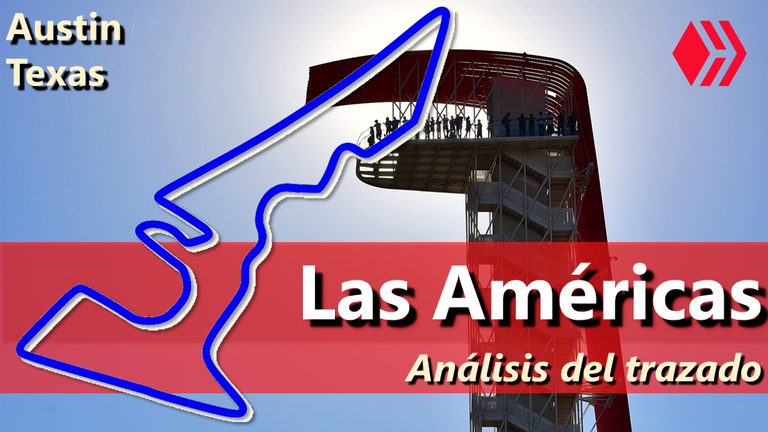
Este circuito destaca por sus diferentes características, lo cual hace difícil "clasificarlo" en un tipo de circuito en específico. Por esta y otras razones, se ha vuelto uno de los circuitos más esperados en el calendario. Posee 5513 metros de longitud, siendo uno de los más largos del calendario. Hermann Tilke se encargó de su diseño y proyecto, siendo esta una de sus obras maestras.
This circuit stands out for its different characteristics, which makes it difficult to "classify" it into a specific type of circuit. For this and other reasons, it has become one of the most awaited circuits in the calendar. It is 5513 meters long, making it one of the longest on the calendar. Hermann Tilke was in charge of its design and project, being this one of his masterpieces.

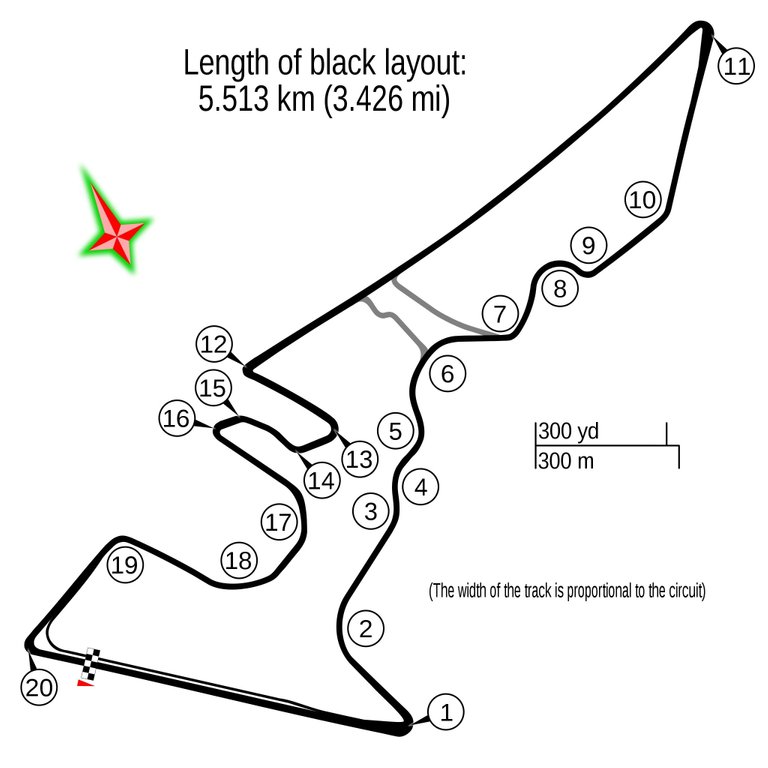
El Circuito de Austin combina diferentes sectores de diferentes características. Es uno de los circuitos más variados que existen en el calendario, lo cual lo hace diferenciarse bastante de otros circuitos también modernos, y más aún, de los circuitos clásicos. Este circuito es quizás el primero de su tipo, y puede que en el futuro otros circuitos sigan su ejemplo.
Como se puede apreciar en el mapa del circuito, tenemos una zona muy rápida desde la curva 3 a la 9, una zona muy lenta desde la curva 12 a la 18, una larga recta entre las curvas 11 y 12, y el resto del circuito es una especie de transición entre estas zonas lentas y rápidas.
Como se puede apreciar en el mapa del circuito, tenemos una zona muy rápida desde la curva 3 a la 9, una zona muy lenta desde la curva 12 a la 18, una larga recta entre las curvas 11 y 12, y el resto del circuito es una especie de transición entre estas zonas lentas y rápidas.
The Austin Circuit combines different sectors with different characteristics. It is one of the most varied circuits on the calendar, which makes it quite different from other modern circuits, and even more so, from the classic circuits. This circuit is perhaps the first of its kind, and other circuits may follow suit in the future.
As can be seen in the circuit map, we have a very fast area from Turn 3 to Turn 9, a very slow area from Turn 12 to Turn 18, a long straight between Turns 11 and 12, and the rest of the circuit is a kind of transition between these slow and fast areas.
As can be seen in the circuit map, we have a very fast area from Turn 3 to Turn 9, a very slow area from Turn 12 to Turn 18, a long straight between Turns 11 and 12, and the rest of the circuit is a kind of transition between these slow and fast areas.
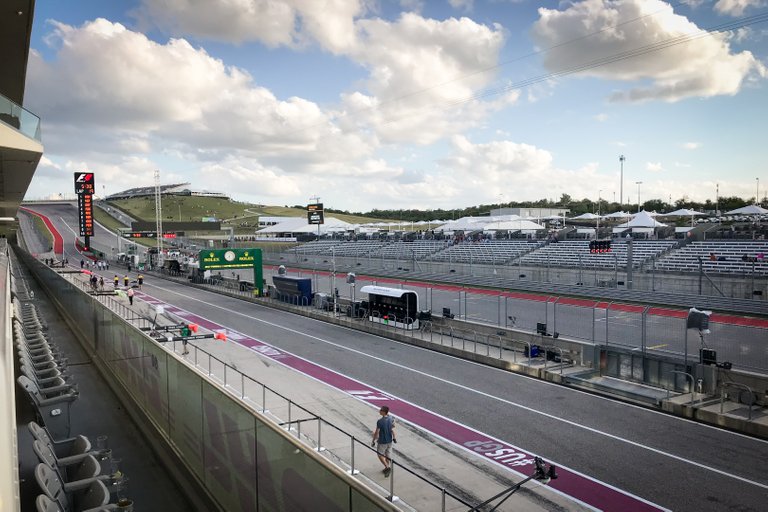
Una de las características principales de su diseño, es la toma de sectores o elementos que han tenido éxito en otros circuitos y reproducirlos de cierta forma, adaptándolo a las características propias del terreno de la zona. La primera curva es la excepción a esto, ya que aprovecha una colina para formar una curva muy espectacular, siendo la más característica de este circuito, y la que le da cierta originalidad. Aunque esta curva se le pueda comparar a Eau Rouge por el cambio de elevación, en realidad posee características muy distintas.
One of the main characteristics of its design, is to take sectors or elements that have been successful in other circuits and reproduce them in a certain way, adapting it to the characteristics of the terrain of the area. The first curve is the exception to this, since it takes advantage of a hill to form a very spectacular curve, being the most characteristic of this circuit, and the one that gives it a certain originality. Although this curve can be compared to Eau Rouge because of the change in elevation, in reality it has very different characteristics.
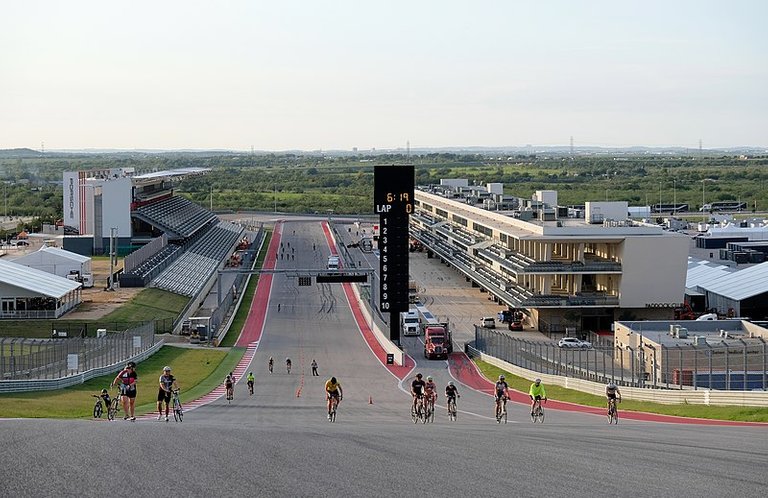
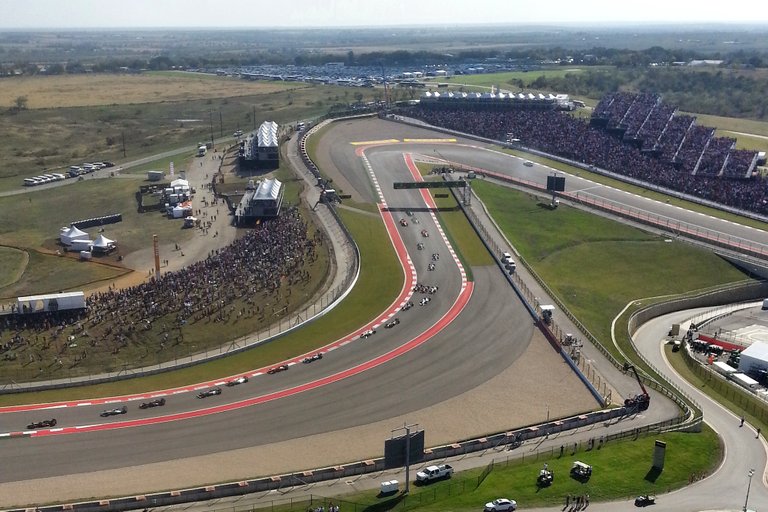
Seguidamente, tenemos una curva muy amplia hacia la derecha que se toma sin frenar, ya que los autos salen de la primera curva a baja velocidad. Esta curva recuerda un poco a la "S" de Senna en Interlagos. En este circuito, a diferencia de otros circuitos modernos, se supo escoger una zona que tuviera cambios de nivel y se les aprovechara muy bien. Esto es algo que muchos circuitos clásicos tenían y los modernos no han aprovechado del todo.
Next, we have a very wide curve to the right that is taken without braking, as the cars exit the first curve at low speed. This curve is somewhat reminiscent of Senna's "S" at Interlagos. In this circuit, unlike other modern circuits, they knew how to choose an area that had level changes and took advantage of them very well. This is something that many classic circuits had and the modern ones have not taken full advantage of.
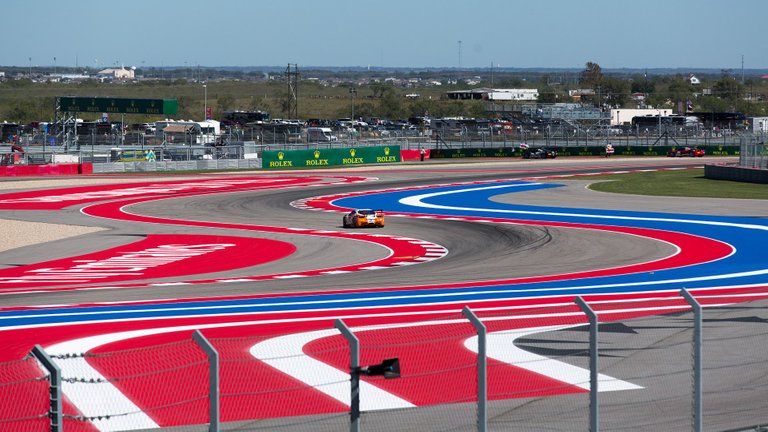
Seguidamente, tenemos una sucesión de curvas muy rápidas de media-alta velocidad. Esto recuerda mucho a las famosas curvas de Maggots & Becketts en Silverstone. Esta sucesión de curvas es excelente, ya que no solo son rápidas sino que al final cambian sus características y se empiezan a parecer más a las de Suzuka que a las de Silverstone. Son en total 6 curvas de media a alta velocidad, en donde la concentración es importante para no perder tiempo.
Next, we have a succession of very fast medium-high speed corners. This is very reminiscent of the famous Maggots & Becketts corners at Silverstone. This succession of curves is excellent, as they are not only fast but at the end they change their characteristics and begin to look more like those of Suzuka than those of Silverstone. There are a total of 6 medium to high speed corners, where concentration is important in order not to lose time.
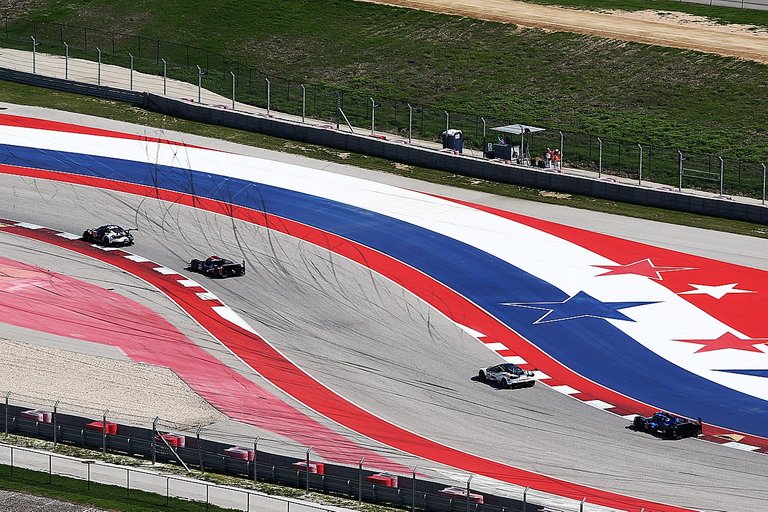
Esta zona rápida finaliza con una curva que aparece y rebaja abruptmante la velocidad de los autos (curva 9). Suele ser difícil tomar esta curva sin salirse hacia el lado exterior, ya que todos los pilotos siempre intentan ganar el mayor tiempo posible. Esto inicia una zona más "neutral" del circuito que posee dos rectas, enlazadas por una horquilla bastante pronunciada hacia la izquierda. La segunda es una recta bastante larga que favorece a los mejores motores.
This fast zone ends with a curve that appears and abruptly lowers the speed of the cars (turn 9). It is often difficult to take this corner without going off to the outside, as all drivers are always trying to gain as much time as possible. This starts a more "neutral" zone of the circuit that has two straights, linked by a fairly steep hairpin to the left. The second is a fairly long straight that favors the best engines.
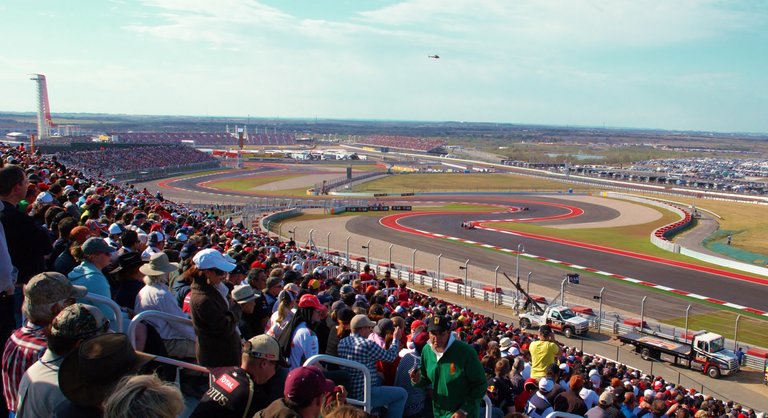
Esta horquilla (curva 11) destaca por su ensanchamiento, y es algo tomado del circuito de Buddh en India, y quizás también de Bahréin. Esto es algo que le da características interesantes a las curvas, le da mucho espacio para maniobras y trazadas distintas. Al final de esta larga recta, inicia la zona lenta del circuito. Epieza una serie de curvas de media-baja velocidad, que contrasta bastante con la primera parte del circuito.
This hairpin (turn 11) stands out for its widening, and is something taken from the Buddh circuit in India, and perhaps also from Bahrain. This is something that gives interesting characteristics to the curves, it gives a lot of space for maneuvers and different lines. At the end of this long straight, the slow zone of the circuit begins. It begins a series of medium-low speed corners, which contrasts quite a bit with the first part of the circuit.

Esta zona de curvas más lentas recuerda bastante a cierta zona del circuito de Hockenheim en Alemania. A pesar de ser una zona lenta, no es raro ver adelantamientos allí. Están diseñadas de cierta forma para que los autos puedan luchar entre sí y tomar distintas trazadas. Las curvas 15 y 16 tiene cierto parecido con las curvas 15 y 16 del circuito de Sakhir en Bahréin, ya que la primera se entra sin frenar y a la segunda se baja la velocidad de forma importante.
This slower cornering area is quite similar to a certain area of the Hockenheim circuit in Germany. Despite being a slower area, it is not uncommon to see overtaking there. They are designed in such a way that the cars can fight each other and take different lines. Turns 15 and 16 have a certain resemblance to turns 15 and 16 of the Sakhir circuit in Bahrain, since the first one is entered without braking and the second one is slowed down significantly.
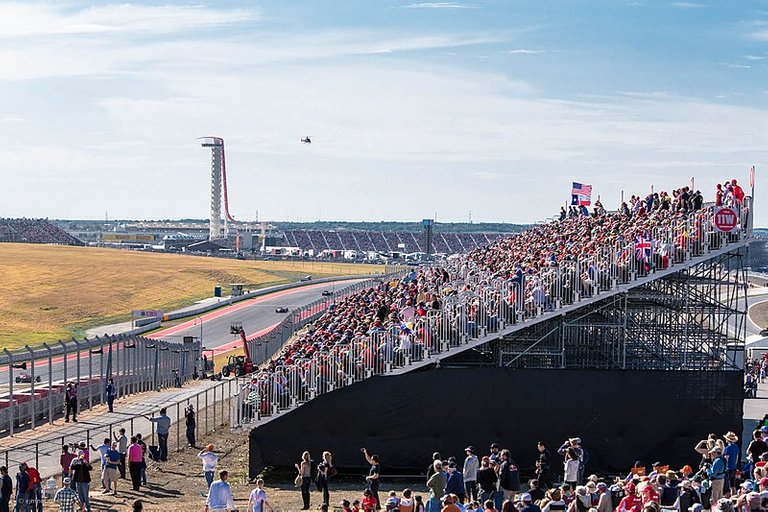
Otra de las zonas más destacadas de este circuito son las curvas 17 y 18. Es una especie de transición desde un sector más lento a otro más rápido, ya que se toma a velocidades mayores, y su gran radio recuerda a la famosa curva 8 de Estambul, que se toma casi a fondo, con grandes fuerza laterales.
Another of the most outstanding areas of this circuit are turns 17 and 18. It is a kind of transition from a slower sector to a faster one, as it is taken at higher speeds, and its large radius is reminiscent of the famous turn 8 in Istanbul, which is taken almost at full throttle, with great lateral force.
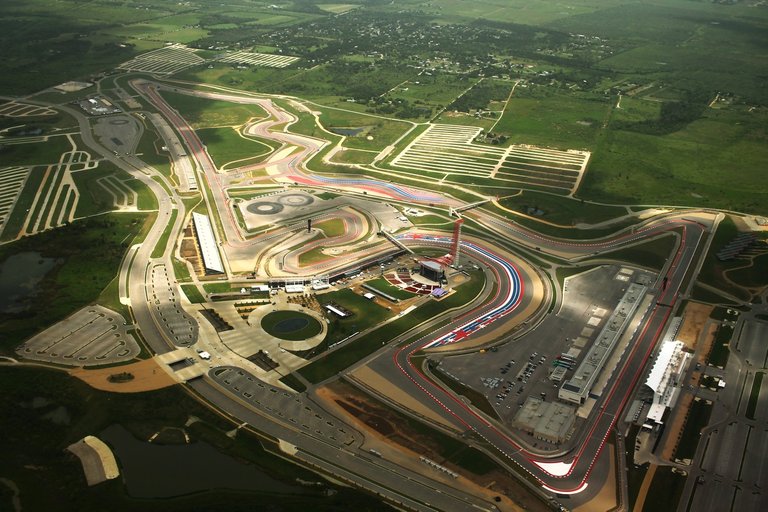
Al igual que la curva 9, la curva 19 plantea un reto a los pilotos con respecto a los límites de pista. Es común ver pilotos que se salen un poco hacia el lado derecho de la pista, en el intento por ir lo más rápido posible. Esta curva destaca también por su peralte invertido, dificultando mucho su trazada para los pilotos. También recuerda mucho a la curva Jochen Rindt, es decir, la penúltima curva del Red Bull Ring en Austria.
Like Turn 9, Turn 19 poses a challenge to drivers with respect to track limits. It is common to see drivers going slightly off to the right side of the track, in an attempt to go as fast as possible. This corner is also notable for its inverted banking, making it very difficult for the drivers. It is also very reminiscent of the Jochen Rindt corner, i.e. the penultimate corner of the Red Bull Ring in Austria.
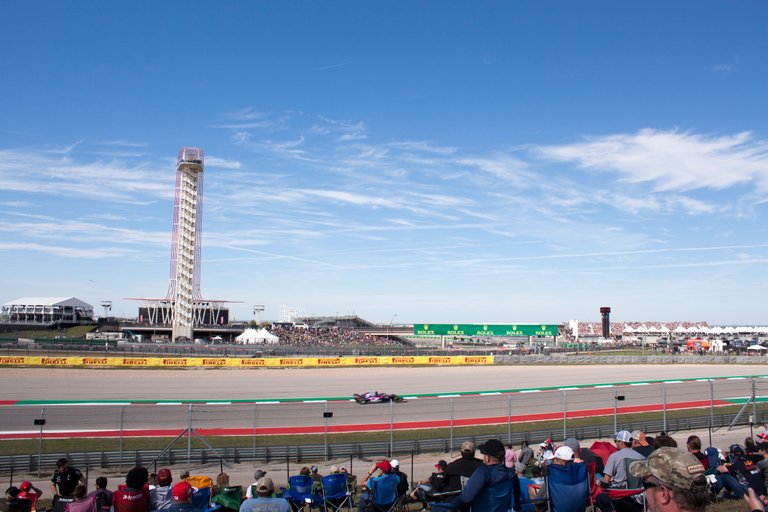
En resumen, este circuito es un "mix" de distintas zonas muy diferentes entre sí, y que encarnan de cierta manera curvas destacadas de otros circuitos. Esto lo hace todo un reto a la hora de configurar mecánicamente los autos, ya que hay que balancear la velocidad punta con el agarre mecánico de los autos para zonas lentas. Además, hace que no sea tan claro si beneficia a uno u otros equipos, por ejemplo, a Mercedes o a Red Bull, en cuanto a motor o aerodinámica.
In short, this circuit is a "mix" of different zones that are very different from each other, and that embody in a certain way outstanding curves of other circuits. This makes it quite a challenge when it comes to mechanically configuring the cars, as you have to balance top speed with the mechanical grip of the cars for slow zones. It also makes it less clear whether it benefits one or other teams, for example, Mercedes or Red Bull, in terms of engine or aerodynamics.
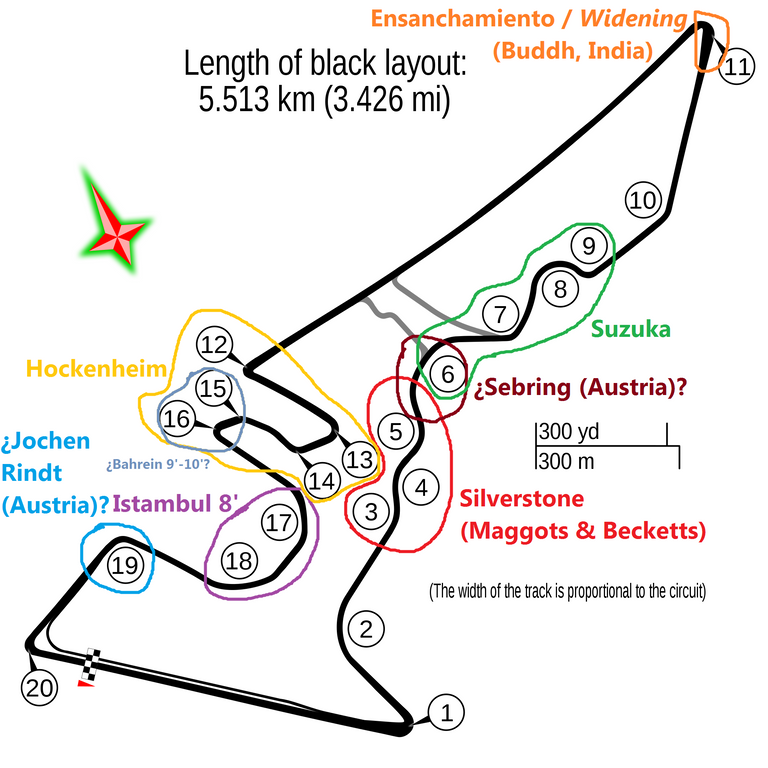
Es un circuito moderno y muy variado que busca integrar lo mejor de otros circuitos. En la imagen podemos ver algunas zonas que posiblemente se han inspirado en otros circuitos. Posee zonas rápidas y zonas lentas, lo cual lo convierte en un trazado muy singular, difícil de comparar con otros, y quizás uno de los primeros de su tipo. Podríamos definirlo como un circuito múlti-características, con sectores muy diferentes entre sí.
It is a modern and very varied circuit that seeks to integrate the best of other circuits. In the image we can see some areas that possibly have been inspired by other circuits. It has fast and slow areas, which makes it a very unique track, difficult to compare with others, and perhaps one of the first of its kind. We could define it as a multi-featured circuit, with very different sectors among them.
También te recomiendo visitar mi anterior publicación: Análisis del circuito de Istanbul (Turquía)
I also recommend you to visit my previous post: Analysis of Istanbul circuit (Turkey)
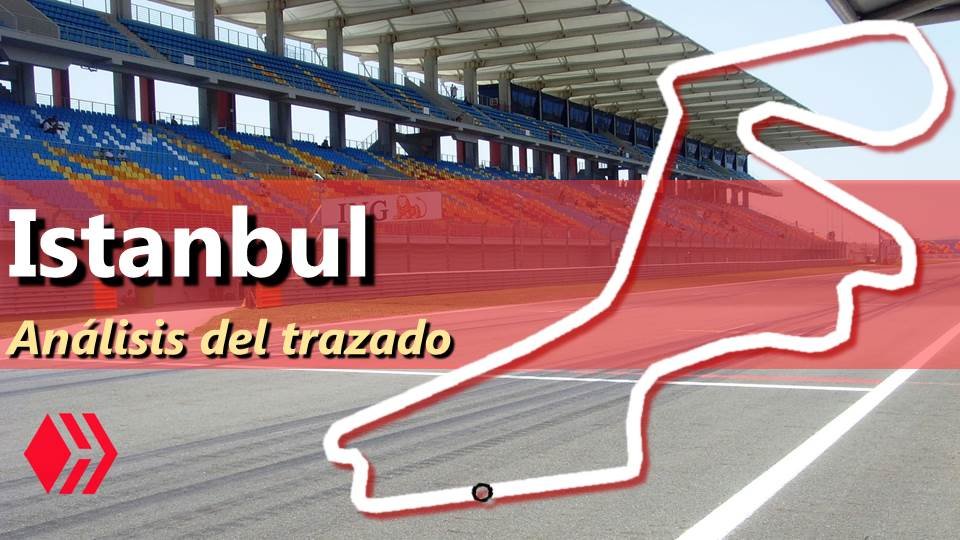
Deja tu comentario o comparte (reblog) esta publicación si te ha parecido interesante.
Leave a comment or share (reblog) this post if you found it interesting.
Translated to English language with the help of DeepL.com
| ¡Gracias por visitar! — Deja tu comentario 🚥🏆  |
0
0
0.000
https://twitter.com/acontcivil/status/1454114349463875585
The rewards earned on this comment will go directly to the person sharing the post on Twitter as long as they are registered with @poshtoken. Sign up at https://hiveposh.com.
Excelente post, como siempre...
Se me ocurrió una idea...siendo usted ingeniero civil, quizás tenga acceso a software de simulación ¿qué tal simular las pistas de carreras en vídeo y su voz en off explicando las dificultades como los beneficios de la ruta?
Piénselo. Quizás sea la llave para mejores recompensas.
Saludos.
Saludos estimado @fermionico es una buena idea, de hecho es algo que he venido pensando. No había pensado en software de simulación, tendría que averiguar cuáles podrían servir para simular las pistas de la mejor manera o cómo lo haría sin tener que utilizar material en video que seguramente tiene derechos de autor de la F1.
Gracias, saludos!
Quizás también pueda servir el software de vídeo juegos...
No sé ¿Qué crees?
Si, sería excelente, eso es algo que si haría y no lo había pensado antes. Aunque de las 5 carreras que quedan solo 2 están en el videojuego del año 2010 que yo poseo. Pienso próximamente empezar a hacer más contenido en video. Saludos!
Manos a la obra, ingeniero..!